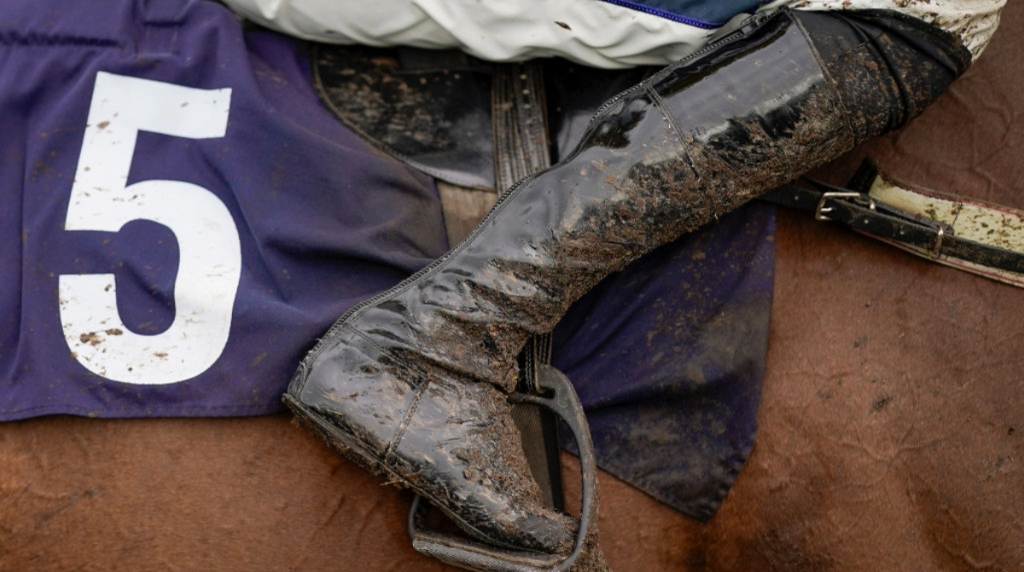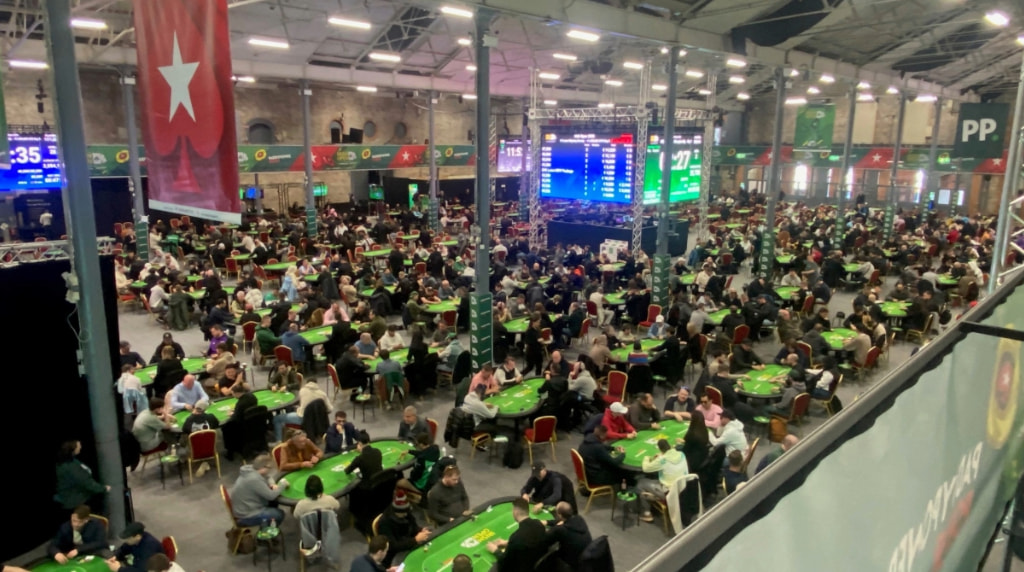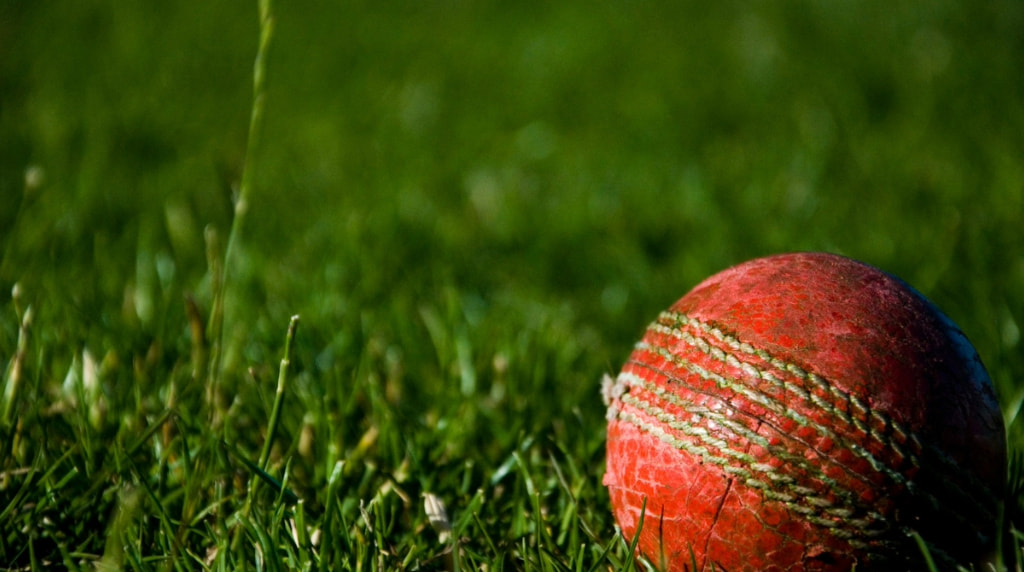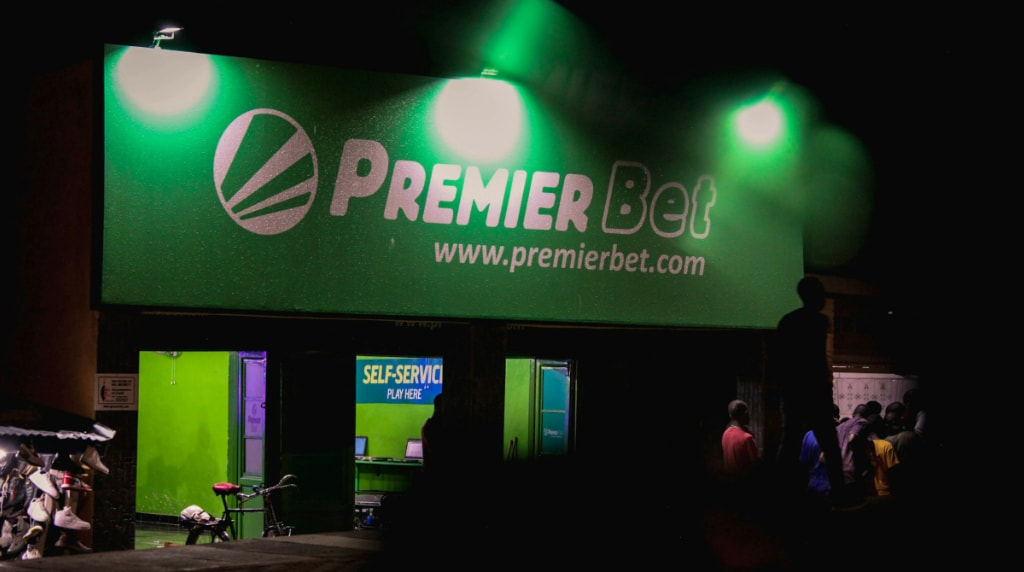Good and Bad News from BHA as 11-Month Figures Are Released
Field sizes are on the up, but the quality of Jumps horses is in decline, says BHA.

During the first three months of 2024, three-quarters of races were run on soft or heavy ground. © Getty Images
Key Facts:
- Average field sizes in Flat races have reached their highest level for the past three years.
- The decline in high-quality jump horse racing in Britain is a concern for BHA.
- Progress report on BHA’s 12 targets due in January.
In November 2023, the British Horseracing Authority (BHA) published a 2024 Fixture List, which included “wide-ranging innovations designed to deliver a more competitive, engaging and exciting racing product.” Its purpose was “supporting growth in the number of racing fans and customers, with the aim of bolstering the longer-term future of the sport.”
This week, Richard Wayman, British Horse Racing Authority’s Director of Racing, delivered a ‘broad brushstrokes’ racing data report that covers the first 11 months of 2024. He also gave an update on two main elements within the report.
Field Sizes Hit a Recent High
As a positive, Wayman declared: “I’ll begin with our aim to improve the competitiveness of racing during 2024. You may recall that involved scheduling 300 fewer Jump races and moving a significant number of Flat races from summer into autumn.”
“The headline field size numbers are included in the racing data report and show that average field sizes on the Flat (both Premier and Core) are at their highest in recent years. That is also the case for Core Jumping, although the average field sizes at Premier Jump fixtures are below their 2023 levels,” he wrote.
“My colleagues in the BHA Racing Department have worked with racecourses to make changes to the make-up of the race programme and better spread races across the year to support the delivery of more competitive racing for the sport’s fans.”
“The latter has involved modelling the forecast number of runners through the year and then adjusting the volume of races to support field sizes.” After he referred to graphs, Wayman said: “For both codes, this has delivered more consistently competitive racing.”
Heavy Ground Makes for Tough Going
2024 has seen an improvement in the average field size in Jumps racing. This year, field sizes have consistently been above the three-year average. But National Hunt racing remains at the mercy of ground conditions.
There were smaller field sizes in the first three months of the year when conditions were very wet. During that period, 78% of fixtures were run on soft or heavy ground compared with the three-year average of 48%.
The figures serve as “a reminder that the elements will continue to have a massive influence on when and where horses will run, especially over obstacles. This will, of course, have had an impact on the average field sizes at Premier Jump fixtures, many of which are staged in the first quarter of the year,” says the BHA.
Quality Jump Horse Numbers Are in Decline
Turning his attention to a negative – the diminishing quantity of Jump horses in the UK – Wayman said: “The decline in highly quality Jump horses running in Britain is probably the most concerning of all the numbers we report on each month.”
“The number of the horses that have achieved a performance figure of 130 or more in at least one race during the year has been in decline for some time and, compared with last year, there has been a reduction of 11.5%, from 729 to 645.”
The BHA blames several factors for this worrying trend. They include a much smaller number of Flat horses going Jumping – as more are exported or running on the all-weather through the winter months.
Increased commercial challenges associated with breeding Jump horses and changes to the profile of racehorse owners – with fewer sole owners and owner breeders, an increased concentration of higher quality horses in fewer pairs of hands – is also seen as a reason for the downward spiral.
Changes to Promote Quality Jumps Runners
To remedy the decline in the number of quality Jump horses, the BHA’s Director of Racing says his organisation is “working with various partners across the sport; several measures have been introduced in recent years that have sought to support Jumping.” These include:
- Changes to the Pattern and Listed Jump programme – to help strengthen the upper tier of the program.
- The creation of Jump Premier Racedays – which has strengthened race programs and increased prize money at these fixtures (up £2.5 million in 2024).
- A long-term strategy to grow the appeal of having a Jump mare in training – with a focus on increasing the number of quality mares.
- The creation of the Great British Bonus – to encourage the breeding, buying and owning of fillies.
- The creation of Junior National Hunt Hurdle races – with the aim of supporting the development of young Jump horses and, where appropriate, encouraging more of those horses to run over obstacles at an earlier stage of their careers.
Full Target Update in January 2025
The BHA has promised to publish a review in January at the halfway stage of its two-year trial of changes to the fixture list. “At the outset of the trial, we set twelve targets, and the review will provide an update on how things have gone in relation to each of those. That seems certain to provide a mixed picture,” the organisation noted.




